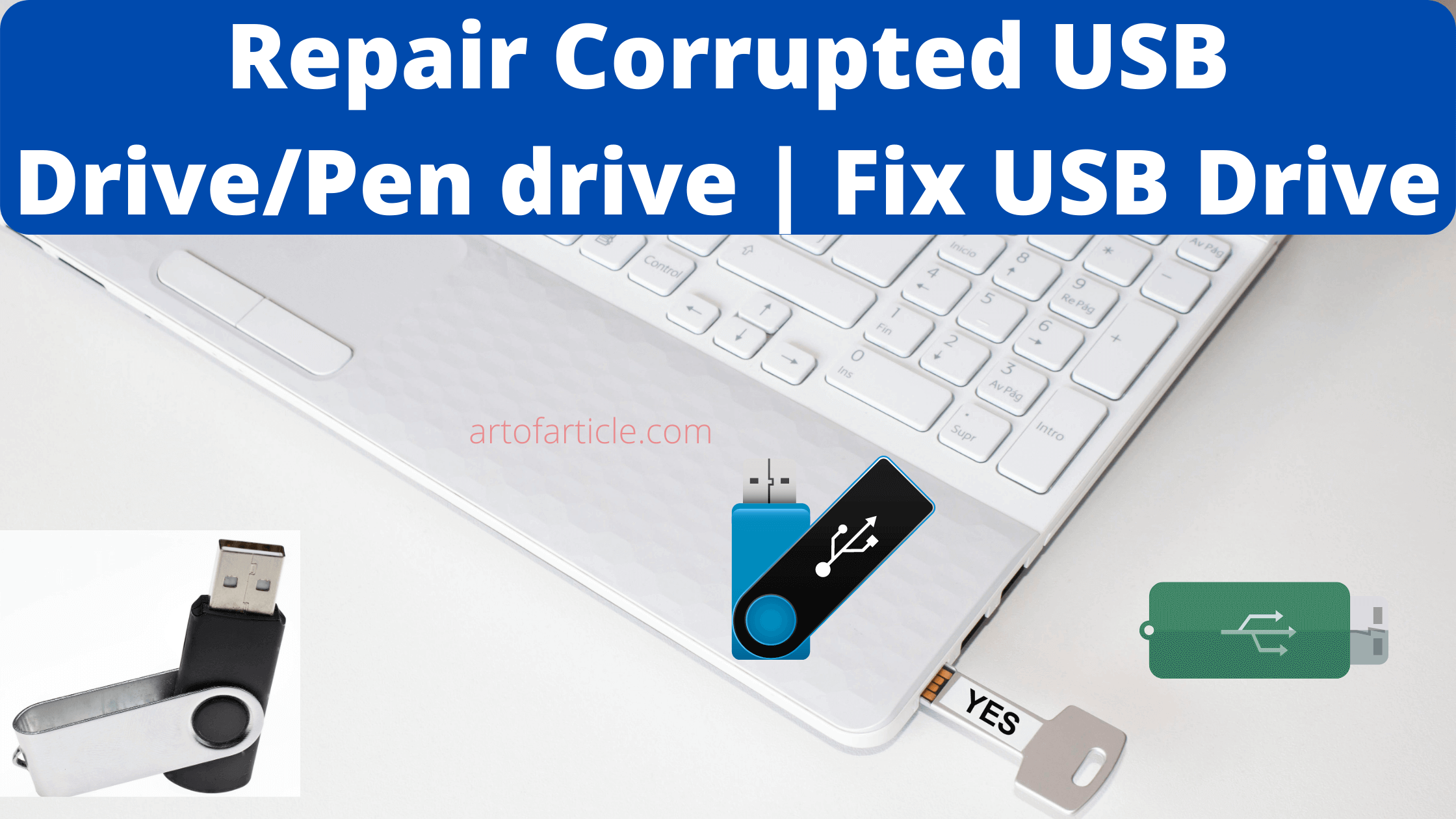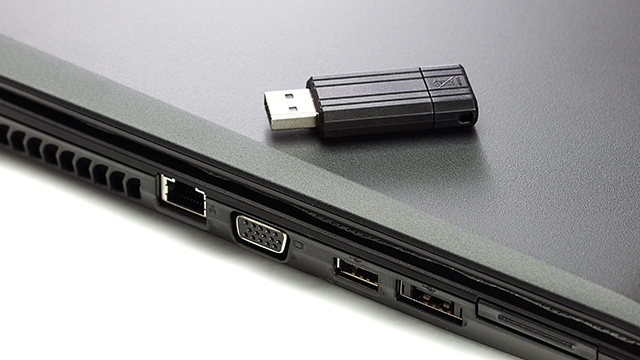
- Repair usb drive windows 10 mac os#
- Repair usb drive windows 10 full#
- Repair usb drive windows 10 iso#
Next press enter to accept the default first sector.Type 1 and then press enter to make this the first partition.Then type p and press enter to make this partition primary.(fdisk should automatically select the second partition).ī. Then type d to proceed to delete another partition, if necessary.Type 1 to select the 1st partition and press enter.Next type d to proceed to delete a partition.Then type fdisk /dev/sd x (replacing x with your drive letter).Type fdisk -l and note which letter belongs to your flash drive.Open a terminal Ctrl+Alt+T and then type sudo su.First we need to delete the old partitions that remain on the USB key. Restoring a USB key to its original state using Linuxįor wiping, resetting, partitioning and formatting a USB drive from a Linux terminal, you can use the following commands:Ī. For those working from Linux this task can easily be accomplished via fdisk.

Repair usb drive windows 10 mac os#
Mac OS users should also be able to use the SD tool. Windows users can follow the instructions below to repair or restore a flash drive using Diskpart, BOOTICE, or the SD Formatter for formatting a USB drive. Restore USB flash drive from Windows, Linux, or Mac OS As a result, the boot record, partition table data, and filesystem becomes overwritten with that of the raw image file. This is because these tools use raw-write style dd tasks to put an. In some cases, the flash drive might not even be assigned a drive letter and can not be detected by your Computer. Depending on the raw image file used, these tools can make your removable device appear to be corrupted or unreadable.
Repair usb drive windows 10 iso#
It is often necessary to restore USB drives after working with tools such as Etcher to burn an ISO or Win32 Disk Imager to write an image to a removable device. Afterwards, your removable drive should be detected, readable, and useable again by all computers. Which essentially results in a reset USB. If your USB drive is not showing up, you'll need to restore it back to its original state by performing a reformat. After having tooled around with your dd raw image overwritten or multi partitioned flash drive, you might find it necessary to revert back to a single Fat, Fat32, exFAT or NTFS partition. Recover or reset USB drive to factory settings or original state.
Repair usb drive windows 10 full#
Restart your computer, and then start Windows 7 from the installation disc or USB flash drive as previously described.Restore USB drives back to full capacity. Save the setting changes, and then exit the BIOS. (The USB flash drive might be listed under "Removable devices" or something similar.) Select your DVD drive or USB flash drive as the first startup device.

Boot order settings might also be listed under "Advanced settings" or something similar. On the BIOS setup screen, choose the option called "Boot order," or something similar. If the Windows logo appears, you need to try again by waiting until the Windows logon prompt appears, and then shutting down and restarting your computer again. Usually, you must press a key (such as F2, F12, Delete, Esc) or a key combination immediately after you turn on your computer but before Windows starts.

Procedures vary depending on the BIOS manufacturer. On the startup menu, choose "BIOS setup," or "BIOS settings," or something similar.

Newer computers often display a startup (or boot) menu. Turn on your computer, insert the Windows 7 installation disc or USB flash drive, and then restart your computer. The BIOS interface is designed for advanced users, and it's possible to change a setting that could prevent your computer from starting correctly. Warning: Be careful when changing BIOS settings.


 0 kommentar(er)
0 kommentar(er)
